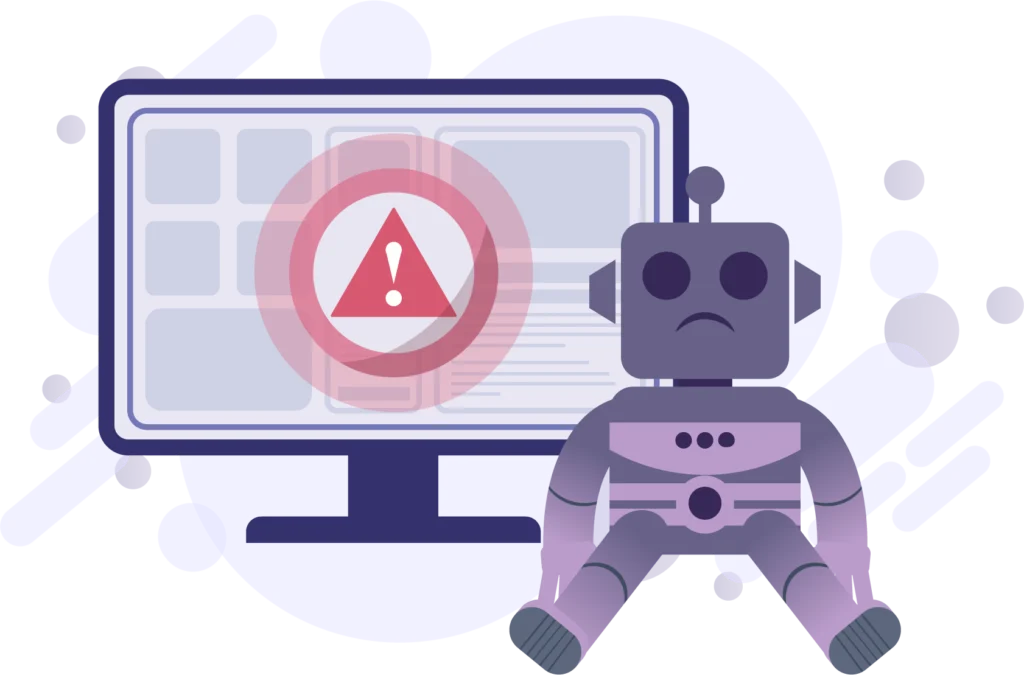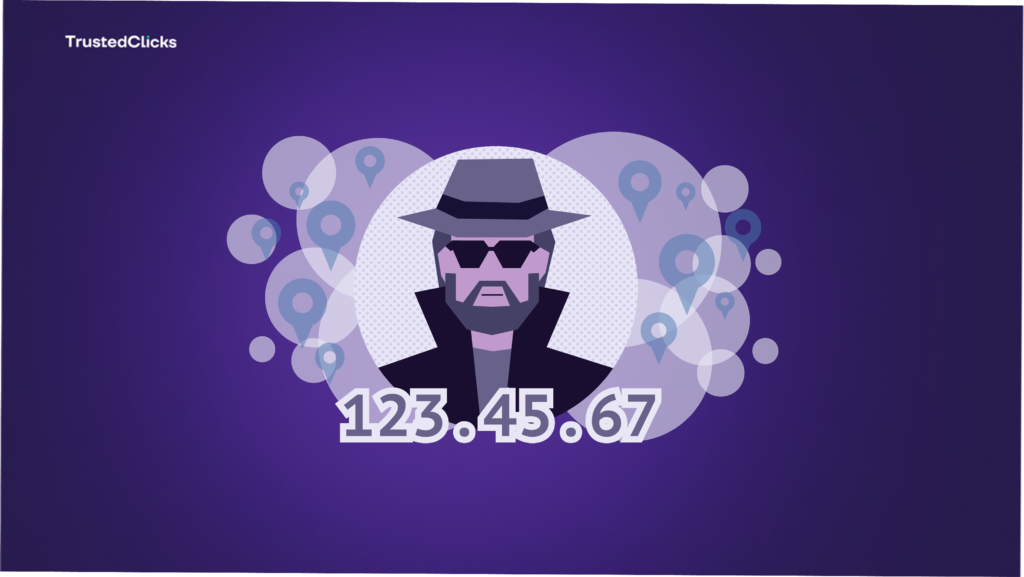- Website security, E-Commerce Security, Affiliate marketing
The Silent Clickers: How Bots Are Hijacking Your Website Traffic


Imagine waking up to a surge in website traffic overnight. Your analytics dashboard shows an impressive increase in clicks, and at first glance, it seems like your marketing efforts are paying off. But as you dig deeper, you notice something unusual—no engagement, no conversions, and an alarmingly high bounce rate. Welcome to the deceptive world of bot clicks—an invisible menace hijacking your website traffic, inflating numbers, and costing you money.
In today’s digital age, bots are no longer just helpful assistants running routine tasks. A significant portion of online traffic is now generated by malicious bots designed to manipulate ad metrics, exhaust competitors’ advertising budgets, or even scrape valuable data. But how do these silent clickers operate, and what can you do to protect your website? Let’s explore this growing issue in depth.
Understanding Bot Clicks
Bot clicks refer to automated, non-human interactions with web pages, advertisements, and online content. While some bots serve beneficial functions, such as indexing search engine results, others engage in fraudulent activities that harm businesses.
Types of Bot Clicks

Click Fraud Bots
These bots imitate genuine users by clicking on pay-per-click (PPC) ads, depleting advertising budgets and distorting campaign performance metrics.
Web Scrapers
Automated scripts that crawl websites to extract data, potentially leading to intellectual property theft or competitive intelligence gathering.
Spam Bots
Bots that fill out forms, leave fake comments, or generate fake leads, leading to wasted resources and inaccurate analytics.
Competitor Click Attacks
Some businesses resort to unethical practices, using bots to click on rival ads, draining their budgets and impacting their online visibility.
The Impact of Bot Clicks on Businesses
The damage caused by bot clicks extends beyond misleading traffic reports. The consequences include:
Wasted Ad Spend
Businesses spend thousands of dollars on digital ads, only to have their budgets drained by non-human clicks that never convert into sales.
Skewed Analytics
If a significant percentage of traffic comes from bots, businesses make strategic decisions based on flawed data, leading to ineffective marketing campaigns.
Reduced Website Performance
High bot activity can slow down servers, degrade user experience, and even cause downtime.
Reputation Damage
Bots can create fake reviews, generate spammy backlinks, or impersonate real users, damaging a brand’s online credibility.
How to Detect Bot Clicks
To identify bot clicks, businesses should look for the following red flags in their analytics:
Unusual Traffic Spikes: If your website experiences sudden surges in traffic without any corresponding marketing activity, bots might be the culprit.
Abnormal Bounce Rates: High bounce rates with minimal engagement often indicate non-human interactions.
Strange Click Patterns: Bots tend to click on multiple links in rapid succession or exhibit unnatural browsing behavior.
Unusual Geolocation Data: A sudden influx of traffic from unexpected locations may suggest bot activity.
Strategies to Combat Bot Clicks
Protecting your website from bot clicks requires a multi-layered approach. Here are some effective countermeasures:
1. Use Bot Detection Tools
Invest in sophisticated fraud detection software, such as Google’s Invalid Traffic Detection or third-party solutions like ClickCease, CHEQ, or DataDome. These tools analyze traffic patterns and block suspicious activity in real time.
2. Implement CAPTCHA and Honeypots
Adding CAPTCHA challenges on forms and login pages can prevent automated scripts from submitting fake data. Honeypots, invisible traps that only bots interact with, are also effective in detecting and blocking malicious traffic.
3. Monitor Traffic Regularly
Use Google Analytics, server logs, and heatmaps to track website traffic and user behavior. Any irregularities should be investigated promptly.
4. Enable IP and User-Agent Blocking
If you identify certain IP addresses or user-agent strings as bot sources, block them from accessing your site.
5. Optimize Ad Campaign Settings
For PPC campaigns, use Google Ads’ built-in fraud detection tools and set geographic restrictions to avoid bot-infested regions. Adjust targeting options to focus on engaged users.
6. Keep Software Updated
Ensure your website platform, plugins, and security tools are up-to-date to prevent vulnerabilities that bots may exploit.
The Future of Bot Clicks and Cybersecurity
As technology evolves, so do bot attacks. AI-powered bots are becoming more sophisticated, making detection and prevention a continuous battle. Companies must stay ahead of the curve by investing in cybersecurity measures and educating their teams about the risks of bot clicks.
In the end, awareness is the first step to combating this silent threat. By staying vigilant and implementing the right strategies, businesses can safeguard their digital assets, ensure genuine engagement, and make informed marketing decisions.
Frequently Asked Questions About Bot Clicks
What are bot clicks?
Bot clicks refer to clicks on links or websites that are generated by automated programs, or “bots,” rather than actual human users. These bots are designed to simulate human behavior, often with the goal of inflating website traffic or ad engagement numbers. Bot clicks can skew analytics, waste ad budgets, and hurt the effectiveness of digital marketing campaigns. They can be caused by malicious actors trying to drain ad spend or by automated scripts designed to scrape data or test system vulnerabilities.
How do you detect bot clicks ?
Detecting bot clicks involves various techniques to differentiate automated traffic from human users. One effective method is behavior analysis, which monitors click patterns and speeds, as bots typically click much faster than humans. Additionally, IP address monitoring can reveal unusual activity, such as multiple clicks from the same address in a short period. Implementing JavaScript challenges and CAPTCHA systems can further help distinguish between bots and real users, as many bots struggle to complete these tasks. By employing a combination of these strategies, businesses can effectively mitigate the impact of click fraud on their online platforms. TrustedClicks IP scoring tool evaluates IP addresses and generates a detailed score, enabling you to enhance security and prevent fraud effectively.
What is bot click detection ?
Bot click detection is aimed at differentiating between bots and real users, as well as identifying legitimate login attempts versus unauthorized requests made by bots. Detection methods utilize engines and threat intelligence to identify bot activity and respond accordingly.
Table of Contents
Join our community!
Subscribe to our newsletter for the latest updates, exclusive content, and more. Don’t miss out—sign up today!
Recent Posts

IP Spoofing Unmasked: The Silent Danger in Your Digital Traffic
- 7 mins read

High Stakes, High Risk: What Your IP Address Isn’t Telling You
- 8 mins read

The Role of IP Geolocation in E-commerce and International Marketing
- 7 mins read



